What Causes A Blown Head Gasket? (Signs, Problems and Solutions)
Ever had your car’s engine fail unexpectedly? A common culprit is the blown head gasket. Discover what triggers this costly malfunction and how you can prevent it. Dive in to understand the intricate dynamics behind this automotive headache.
Here’s the simple answer to the cause of a blown head gasket:
A blown head gasket is typically caused by engine overheating, but can also result from pre-ignition, poor engine management, or manufacturing defects. Overheating can stem from low coolant levels, radiator issues, or faulty thermostats. Continuous overheating weakens the gasket material, leading to failure. When it fails, coolant can leak into the engine or exhaust, causing further damage.
That’s not the whole story so keep reading if you suspect you have this problem and I will share more details to help you understand and determine if you might have a blown head gasket.
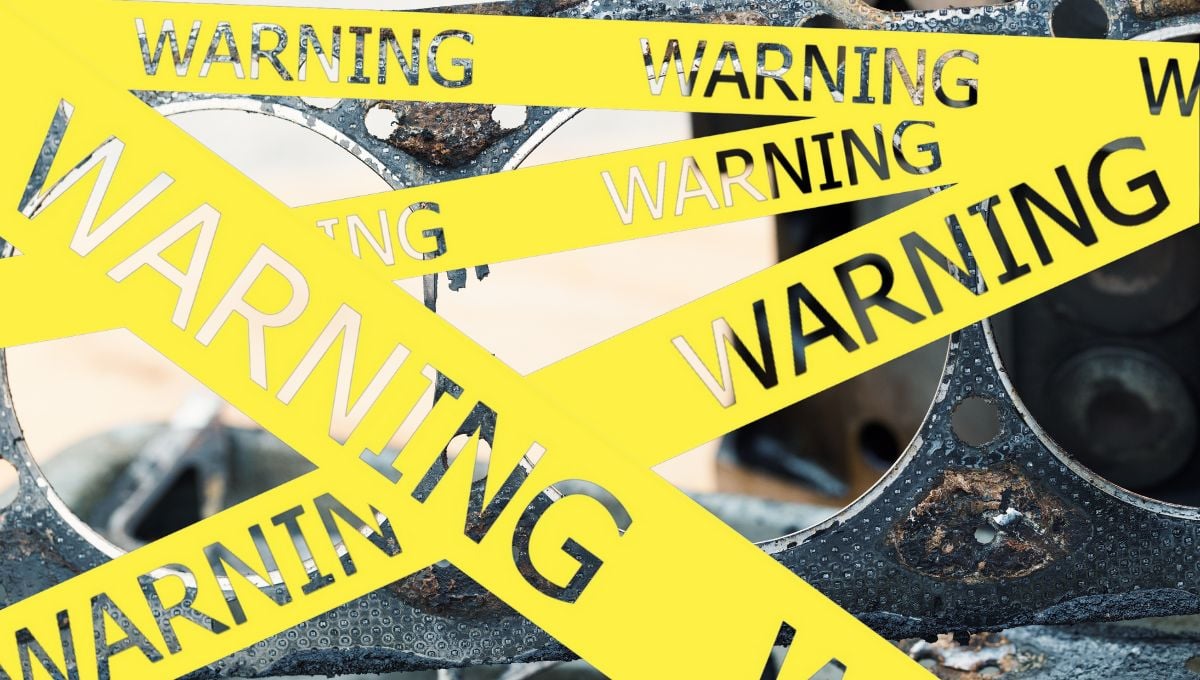
Understanding the Head Gasket
A head gasket is a crucial component in any engine as it seals the combustion chamber and prevents mixing oil, coolant, and fuel.
It is located between the engine block and the cylinder head(s) and is designed to withstand high temperatures and pressures. The head gasket is made of materials such as steel, copper, or composite.
The primary function of the head gasket is to seal the combustion chamber, which is located between the cylinder head(s) and the engine block.
The combustion chamber is where fuel is ignited, and the resulting explosion powers the engine.
The head gasket prevents the combustion gases from escaping the combustion chamber and entering other parts of the engine, such as the coolant passages or oil passages.
The head gasket also seals the coolant passages and oil passages, preventing mixing oil and coolant. Coolant can enter the combustion chamber when the head gasket fails, causing white smoke from the exhaust.
Oil can also enter the combustion chamber, causing blue smoke from the exhaust. In some cases, the head gasket can fail externally, causing coolant to leak onto the ground or engine oil to mix with coolant.
The head gasket is subjected to high temperatures and pressures, which can cause it to fail over time. The most common causes of head gasket failure are overheating, pre-ignition, detonation, and coolant loss.
Overheating can cause the head gasket to warp, which can break the seal between the cylinder head(s) and the engine block.
Pre-ignition and detonation can cause the head gasket to fail due to the extreme pressures generated during combustion. Coolant loss can cause the engine to overheat, which can lead to head gasket failure.
In conclusion, the head gasket is a vital component in any engine, and its failure can cause severe damage to the engine.
Understanding the head gasket’s function and the causes of its failure can help prevent costly repairs and keep the engine running smoothly.
Expert Tip: If you notice your AC shifting back and forth from cold to hot, you might be low on coolant!
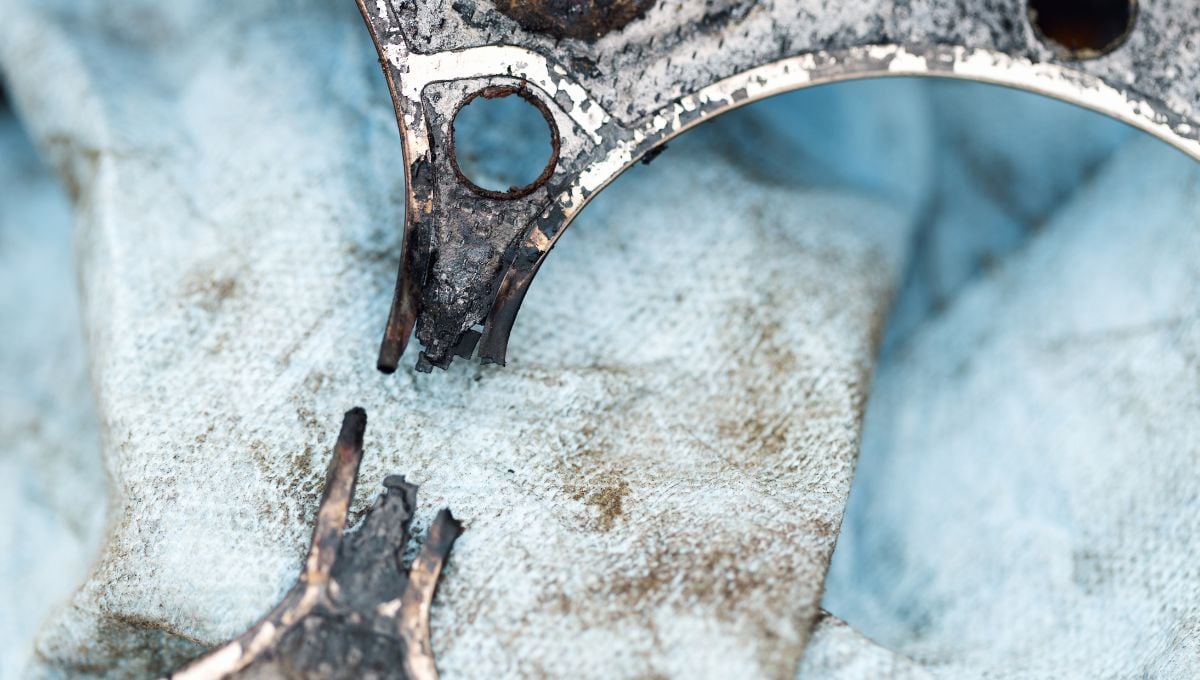
Common Causes of a Blown Head Gasket
A blown head gasket is a serious engine problem that can cause significant damage and lead to expensive repairs. Here are some common causes of a blown head gasket:
Overheating
One of the most common causes of a blown head gasket is overheating. An engine overheats can cause the metal in the engine block and cylinder head to expand beyond their limits.
This can cause the head gasket to fail, allowing coolant to leak into the combustion chamber or engine oil to leak into the coolant.
Age
Another common cause of a blown head gasket is age. Over time, the head gasket can become brittle and lose its ability to seal properly.
This can cause coolant to leak into the combustion chamber or engine oil to leak into the coolant.
Engine Problems
Engine problems such as a cracked cylinder head or engine block can also cause a blown head gasket.
When the engine block or cylinder head cracks, it can cause the head gasket to fail, allowing coolant to leak into the combustion chamber or engine oil to leak into the coolant.
Coolant Problems
Issues with the coolant can also cause a blown head gasket.
If the coolant is not changed regularly, it can become contaminated with debris and lose its ability to cool the engine. This can cause the engine to overheat, leading to a blown head gasket.
Engine Oil Problems
Problems with the engine oil can also cause a blown head gasket.
If the engine oil is not changed regularly, it can become contaminated with debris and lose its ability to lubricate the engine properly.
This can cause the engine to overheat, leading to a blown head gasket.
Cooling System Problems
Problems with the cooling system can also cause a blown head gasket.
If the cooling system is not functioning properly, it can cause the engine to overheat, leading to a blown head gasket.
Common cooling system problems include a malfunctioning thermostat, a clogged radiator, or a faulty water pump.
In summary, a blown head gasket can be caused by a variety of factors including overheating, age, engine problems, coolant problems, engine oil problems, and cooling system problems.
It is important to promptly address any issues with the engine or cooling system to prevent a blown head gasket and costly repairs.
Identifying Symptoms of a Blown Head Gasket
A blown head gasket can cause serious damage to an engine if not addressed promptly. It is important to identify the symptoms of a blown head gasket to prevent further damage.
Here are some of the common symptoms of a blown head gasket:
White Smoke
One of the most common symptoms of a blown head gasket is white smoke coming from the exhaust.
This is caused by coolant leaking into the combustion chamber and mixing with the fuel. The coolant burns and produces white smoke.
Milky Oil
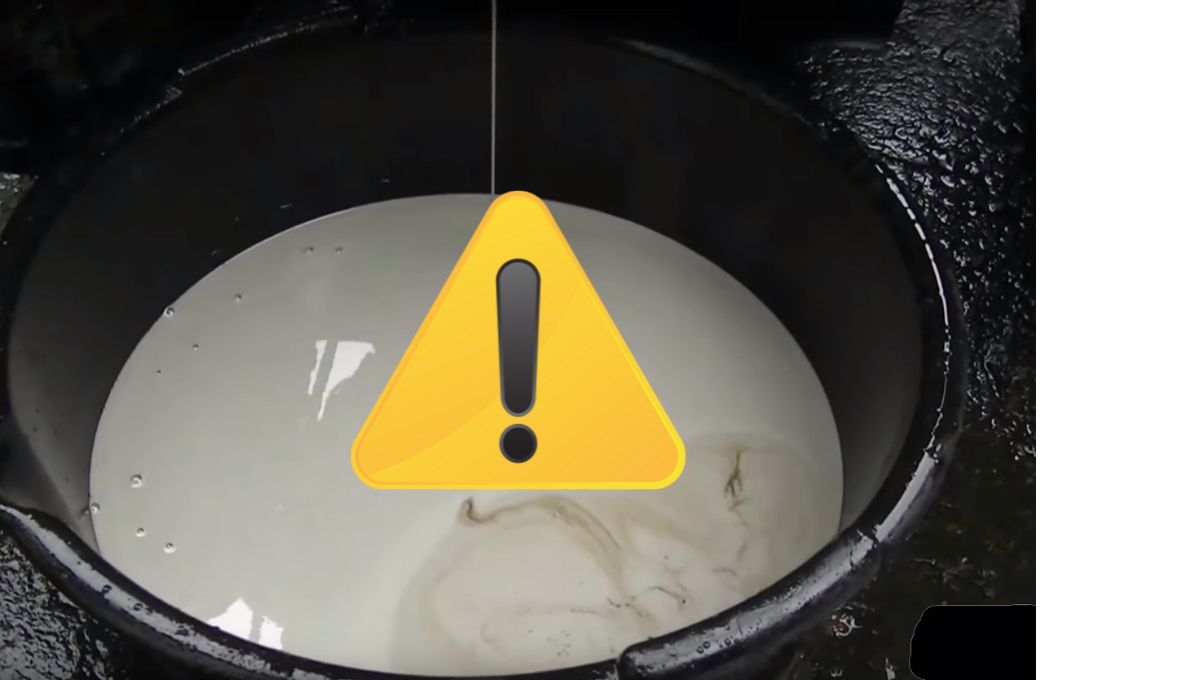
Another symptom of a blown head gasket is milky oil. This occurs when coolant leaks into the engine oil.
The coolant mixes with the oil and causes it to turn a milky color. Check the dipstick to see if the oil has a milky appearance.
Learn More by reading about milky oil and the implications of what might be wrong with your car.
Loss of Power
A blown head gasket can cause a loss of power in the engine. This happens because the combustion chamber is not sealed properly, which reduces the engine’s power.
External Leak
An external leak is another symptom of a blown head gasket. Look for signs of coolant leaking from the engine. You may notice a puddle of coolant under the car or steam coming from the engine.
Exhaust Smoke
Exhaust smoke can also be a symptom of a blown head gasket. The smoke may be white or blue and will have a sweet smell. This is caused by coolant leaking into the combustion chamber and burning with the fuel.

Temperature Gauge
A blown head gasket can cause the temperature gauge to fluctuate. The engine may overheat or run hotter than normal. Keep an eye on the temperature gauge to see if it is fluctuating.
If you notice any of these symptoms, having your vehicle inspected by a mechanic is important. A blown head gasket can cause serious damage to your engine if not addressed promptly.
Related Posts:
Professional Diagnosis and Repair
When a head gasket fails, seeking professional diagnosis and repair is important. A mechanic with experience in engine repair can diagnose the cause of the failure and recommend the appropriate repair.
There are several signs that a head gasket failure may have occurred, such as loss of engine power, overheating, and coolant loss.
A mechanic can perform a pressure test to determine if there is a leak in the head gasket. They may also inspect the radiator and coolant reservoir for signs of damage or leaks.
If the head gasket failure is confirmed, the mechanic will need to remove the cylinder head to replace the gasket.
They will also inspect the cylinder head for any damage or warping that may have occurred as a result of the failure.
The spark plugs may also need to be replaced if the engine coolant has damaged them.
The repair cost for a blown head gasket can vary depending on the make and model of the vehicle, as well as the extent of the damage.
In general, it is recommended to have the repair done by a professional mechanic to ensure that it is done correctly and to avoid any further damage to the engine.
It is also important to address the underlying cause of the head gasket failure to prevent it from happening again in the future.
This may include repairing any engine coolant system issues or overheating issues that may have contributed to the failure.
In summary, seeking professional diagnosis and repair for a blown head gasket is crucial to ensure the repair is done correctly and prevent further damage to the engine.
A mechanic can diagnose the cause of the failure, replace the gasket, and address any underlying issues to prevent future failures.
Preventive Measures and Solutions
Preventing a blown head gasket is essential to avoid costly engine repairs. Regular maintenance and inspections can help detect early signs of head gasket failure.
Here are some preventive measures and solutions to consider:
Regular Maintenance
Regular maintenance of the engine can help prevent a blown head gasket.
It is important to follow the manufacturer’s recommended maintenance schedule, which typically includes regular oil changes, coolant flushes, and inspections of the engine components.
Regular maintenance can help detect issues early on and prevent further damage to the engine.
Proper Installation
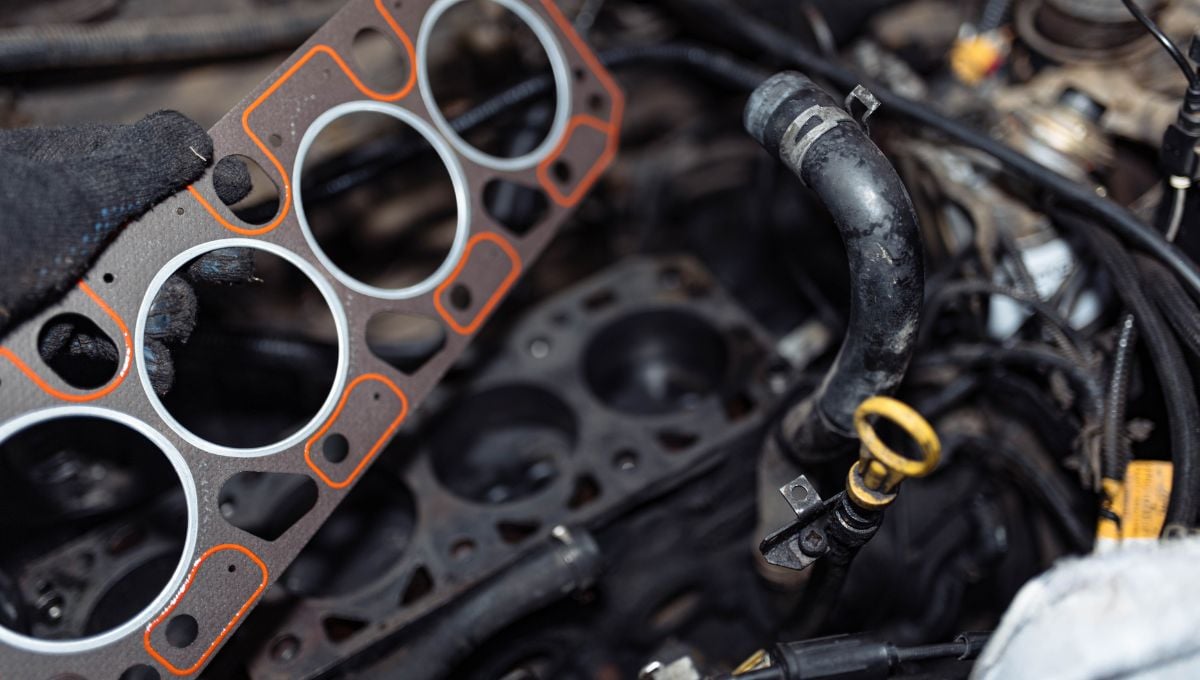
Proper installation of the head gasket is crucial to prevent failure.
If the head gasket is not installed correctly, it can cause leaks and overheating, which can lead to a blown head gasket.
It is important to use the correct head gasket for the engine and follow the manufacturer’s recommended installation procedures.
Head Gasket Sealers
Head gasket sealers can be used as a preventive measure to help seal minor leaks and prevent further damage to the engine.
Head gasket sealers work by sealing small cracks and leaks in the head gasket, preventing coolant and oil from leaking into the combustion chamber.
It is important to use a high-quality head gasket sealer and follow the manufacturer’s instructions for proper use.
Engine Coolant
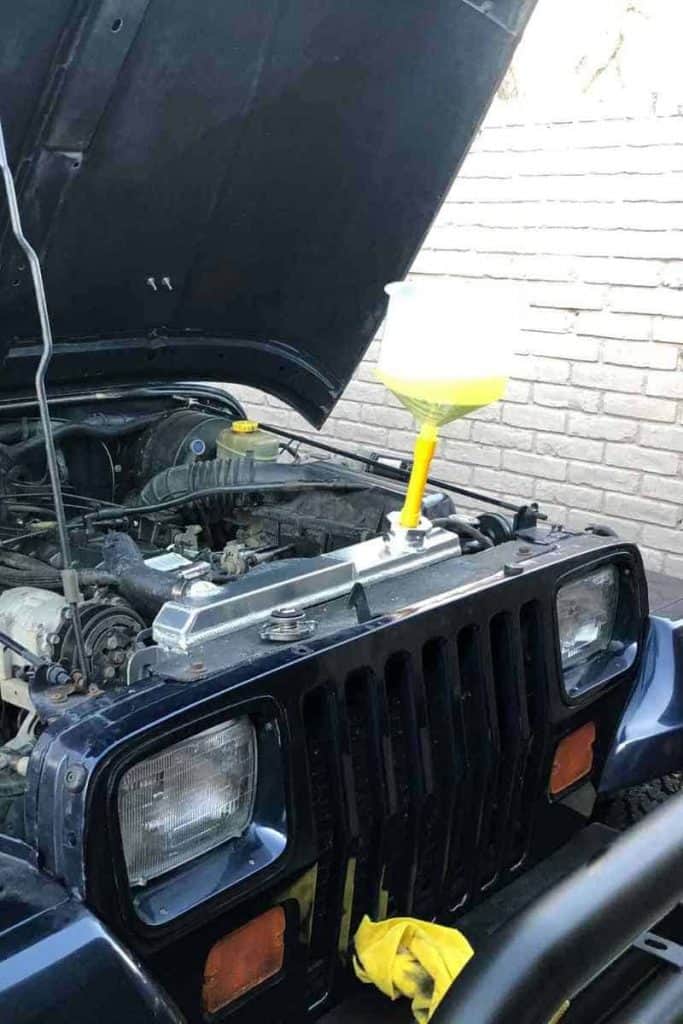
Maintaining the proper level of engine coolant is crucial to prevent a blown head gasket.
Low coolant levels can cause the engine to overheat, which can lead to head gasket failure. It is important to check the coolant level regularly and add coolant as needed.
Using the correct type of coolant for the engine is also important.
Share Your Insights With US
Did we forget something, get something right (or wrong)? We’d love to hear your insights! Share your automotive experiences based on our article in the comments below. Your input enriches our community’s knowledge. Thanks in advance for sharing!
Engine Oil
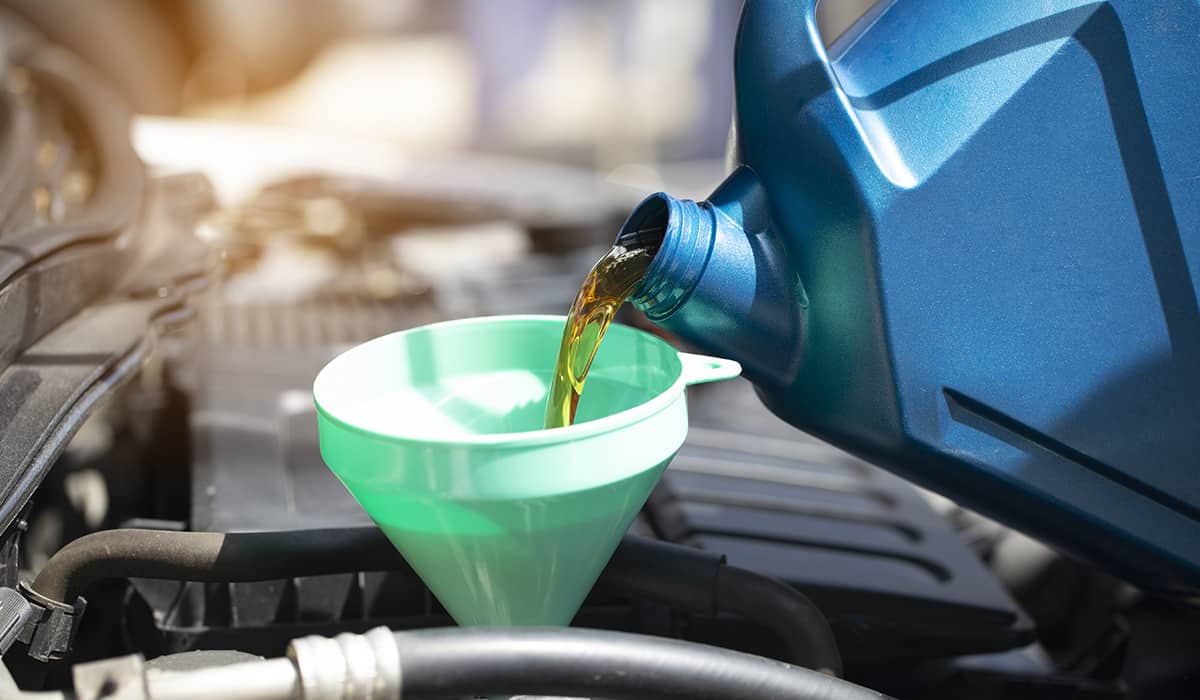
Maintaining the proper level of engine oil is also crucial to prevent a blown head gasket. Low oil levels can cause the engine to overheat, which can lead to head gasket failure.
It is important to check the oil level regularly and add oil as needed. It is also important to use the correct type of oil for the engine.
Preventing a blown head gasket requires regular maintenance, proper installation, and the use of high-quality head gasket sealers, engine coolant, and engine oil.
By following these preventive measures and solutions, the risk of head gasket failure can be reduced, and costly engine repairs can be avoided.
Related Reading
- 5 Problems That Cause Oil To Spray All Over Your Engine
- 4 Common Dodge 4.7 Engine Problems
- 10 Reasons Your Jeep Wrangler May Be Overheating
- 4 Reasons Why Your Dodge Durango Is Overheating
- What Problems Do Subaru Foresters Have? (Solved!)
- Coolant Smell From AC: 7 Common Causes
- Is it Less Expensive to Rebuild or Replace an Engine?
- 8 Reasons Why Jeep Cherokees Overheat
Frequently Asked Questions
What are the first signs of a blown head gasket?
The first signs of a blown head gasket include white smoke coming from the exhaust pipe, overheating of the engine, and loss of engine power. In some cases, the coolant may mix with the engine oil, causing the oil to turn milky.
Can you drive with a blown head gasket?
It is not recommended to drive with a blown head gasket as it can cause severe damage to the engine. If you suspect that your head gasket is blown, it is best to have it inspected by a professional mechanic.
Is a blown head gasket expensive to fix?
The cost of repairing a blown head gasket can vary depending on the damage’s severity and the vehicle’s make and model. The cost can generally range from a few hundred dollars to several thousand dollars.
What is the most common cause of a blown head gasket?
The most common cause of a blown head gasket is overheating of the engine. This can be caused by a variety of factors, including a malfunctioning thermostat, a clogged radiator, or a faulty water pump.
How to prevent head gasket failure?
To prevent head gasket failure, it is important to ensure that the engine is properly maintained. This includes regular oil changes, checking the coolant level and quality, and replacing any worn or damaged parts.
Can a bad thermostat cause a blown head gasket?
A bad thermostat can indirectly cause a blown head gasket, causing the engine to overheat. If the thermostat is not functioning properly, it may not allow coolant to flow through the engine, resulting in overheating and potential damage to the head gasket.
